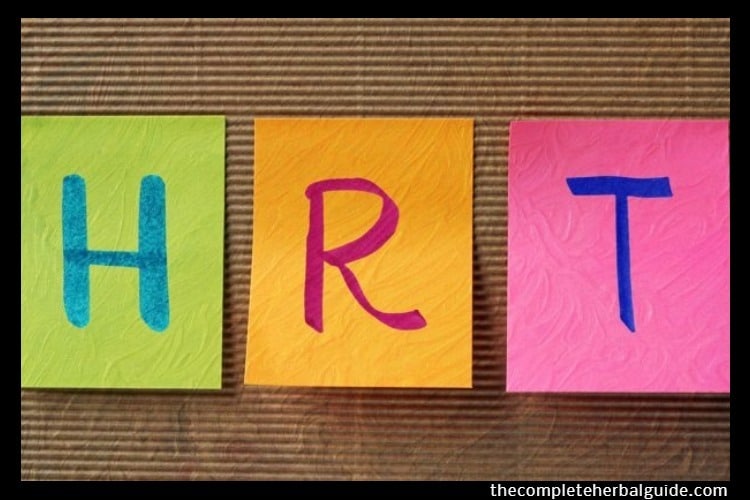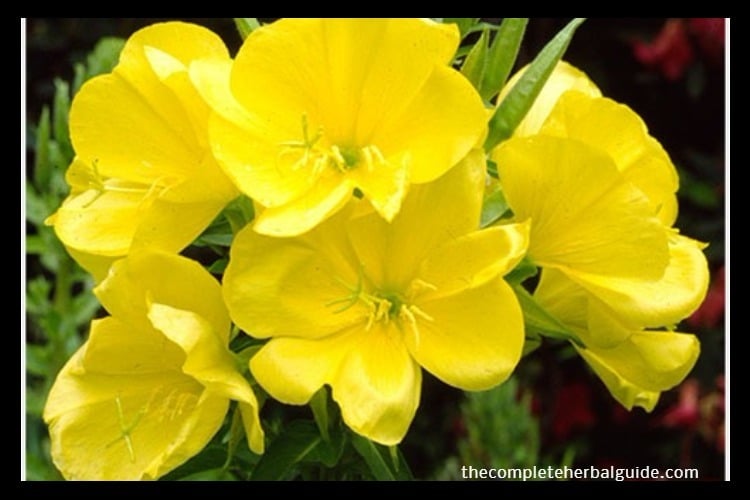
Top Herbal Supplements to Help You with Menopause
Menopause usually occurs between the ages of 45 and 55. At this time, menstrual cycles cease, and there is a drop in hormone levels, especially those of estrogen and progesterone. Menopause is accompanied by myriad symptoms ranging from moodiness and insomnia to hot flashes and vaginal dryness. In the Western world, the decrease in hormones increases the risk of osteoporosis and heart disease. The role of diet and exercise and other environmental factors is also important.
About Menopause
Some plants and herbs contain compounds called phytoestrogens that mimic a woman’s own estrogen in a mild way, helping to prevent some of the symptoms and risks associated with menopause. Soybean products such as tofu, tempeh, and roasted soy nuts are rich in phytoestrogens. Women in Asian cultures who consume large amounts of soy foods do not experience hot flashes, nor does their rate of osteoporosis and heart disease rise dramatically with menopause, as it does in the United States Although you probably can’t grow enough soybeans to make tofu, there are other plants and herbs that can be useful.
Herbal Remedies for Menopause
Licorice has estrogenic effects and is successfully used to treat menopausal symptoms. Black cohosh, alfalfa, and red clover contain phytoestrogens, too. Hot flashes may diminish with the regular use of one or more of these herbs. Eighty milligrams per day of black cohosh extract, taken in divided doses, is beneficial to some women.
Oregon grape and dandelion root are two other herbs that some claim help to reduce hot flashes, but this has not yet been confirmed. It was thought for some time that wild yam contained a substance similar to progesterone, a female hormone. Unfortunately, the compound it does contain cannot be converted into the needed hormone in the body. However, in the laboratory, a progesterone-like substance can be made from wild yam and may be useful for retaining bone density and relieving symptoms.
Other wild yam compounds and their actions may be of benefit to menopausal women. Lignans, which are a component of fiber, also act as phytoestrogens. Lignans are found in flax, whole grains, legumes, and some vegetables. The vegetables in your garden can also contribute loads of vitamin C and bioflavonoids, both of which may help relieve hot flashes. Although most vegetables contain some vitamin C, those with large amounts include broccoli, beet greens, peppers, parsley, salad greens, citrus fruits, melons, berries, and apricots.
Bioflavonoids are also usually found in foods high in vitamin C. For instance, the white membrane on the outside of a peeled orange and the whitish ribs inside a bell pepper are extremely rich in bioflavonoids. Be sure to eat them rather than throw them away. Berries, including some not normally cultivated in a garden, contain helpful flavonoids.
Hawthorn berries, elderberries, and bilberries are all rich in this substance. Vitamins A and E, aloe vera, and calendula are recommended to counteract vaginal dryness. A solution of calendula can be used as a douche. Chinese angelica, or dong quai, helps to balance postmenopausal hormones. It, too, reduces hot flash symptoms.
Use tea, extract, tincture, or capsules. A common dose is 3-4 g per day. If insomnia is one of your symptoms, try drinking a soothing cup of chamomile and valerian tea an hour or so before bedtime. Some women find that gamma-linolenic acid, an essential fatty acid derived from evening primrose, borage, or currant seed oil, helps ease them through menopause. Licorice can elevate blood pressure unless it is deglycyrrhizinated. Do not use Chinese angelica if you are pregnant or nursing or during menstruation.






